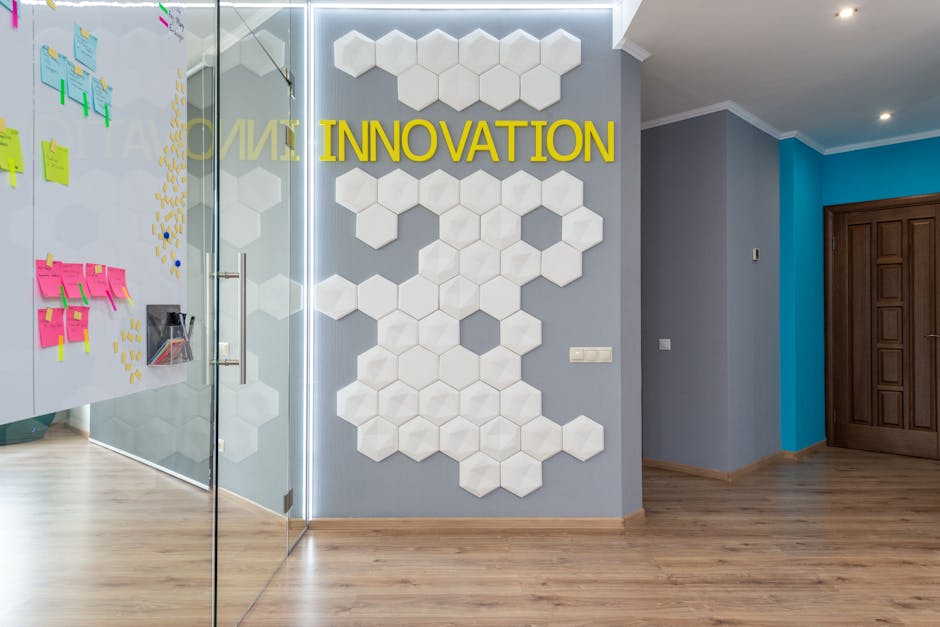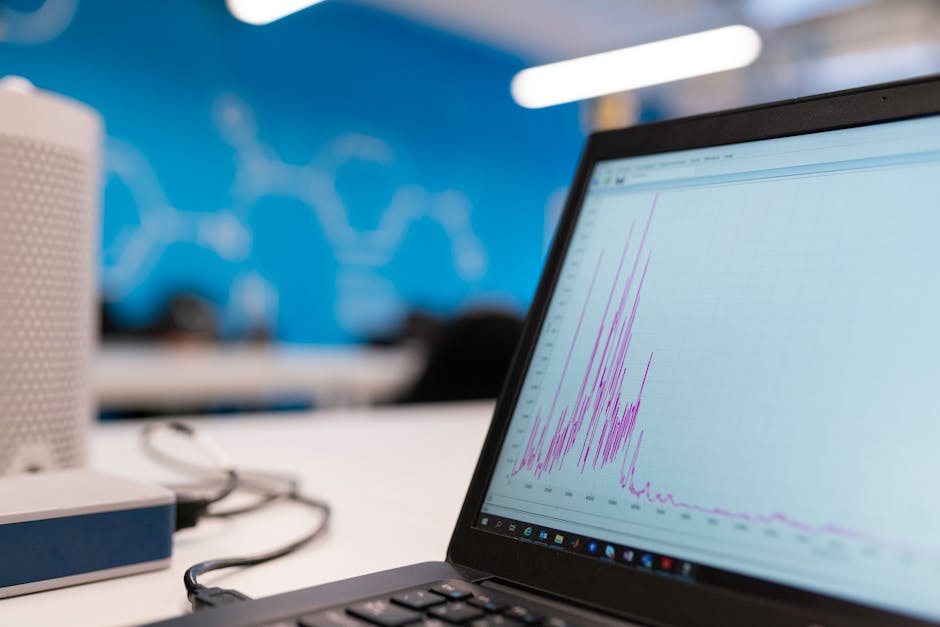Revolutionizing Front Desk Operations: The Power of Modern Receptionist Software
“In today's fast-paced business world, the front desk is more than just a welcome point—it's the face of your organization. This article explores how innovative receptionist software is revolutionizing front office operations, balancing efficiency with hospitality to create memorable first impressions and streamline workplace processes. ”

Revolutionizing Front Desk Operations: The Power of Modern Receptionist Software
In today's dynamic business landscape, the front desk serves as the gateway to your organization, setting the tone for every visitor's experience. As companies strive to create lasting first impressions while maximizing efficiency, the role of the receptionist has evolved, supported by innovative technology solutions. Let's explore how modern receptionist software is transforming front office operations and elevating the visitor experience.

The Evolving Role of the Front Desk
The traditional image of a receptionist juggling phone calls, managing visitor logs, and directing traffic is rapidly changing. Today's front office professionals are expected to be tech-savvy multitaskers, capable of handling a wide array of responsibilities while providing a warm, personalized welcome to guests.
Balancing Efficiency and Hospitality
One of the biggest challenges in front desk operations is striking the perfect balance between efficiency and hospitality. Modern receptionist software addresses this challenge by automating routine tasks, allowing front desk staff to focus on providing a superior guest experience.
Key Features of Modern Receptionist Software
1. Visitor Management Systems
At the heart of any effective receptionist software is a robust visitor management solution. These systems streamline the check-in process, automatically recording visitor information, printing badges, and notifying hosts of their guests' arrival. This not only saves time but also enhances security and creates a professional first impression.
2. Digital Sign-In and Pre-Registration
Many advanced receptionist applications offer digital sign-in options, allowing visitors to check themselves in using tablets or kiosks. Some systems even support pre-registration, enabling guests to complete necessary paperwork or sign NDAs before they arrive, further expediting the check-in process.
3. Integrated Communication Tools
Modern receptionist software often includes integrated communication features, such as instant messaging or video call capabilities. This allows front desk staff to quickly connect with employees or departments within the organization, ensuring visitors are promptly attended to.

4. Package and Delivery Management
With the rise of e-commerce, managing deliveries has become an increasingly important part of front desk operations. Many receptionist software solutions now include features for logging and tracking packages, automatically notifying recipients, and managing pickup.
5. Meeting Room Management
Efficient meeting management is crucial for maintaining a smooth office workflow. Advanced receptionist software often includes tools for booking and managing meeting rooms, helping to prevent double-bookings and ensuring resources are used effectively.
The Benefits of Implementing Receptionist Software
Enhanced Visitor Experience
By automating routine tasks, receptionist software frees up front desk staff to provide more personalized attention to visitors. This leads to a more welcoming and professional atmosphere, contributing to positive first impressions and improved overall guest satisfaction.
Improved Security and Compliance
Digital visitor logs and automated badge printing not only streamline the check-in process but also enhance security. Many systems can perform instant background checks or ensure visitors have signed necessary legal documents, helping organizations maintain compliance with security protocols and regulations.
Increased Productivity
By automating time-consuming tasks like data entry and badge printing, receptionist software significantly boosts front desk productivity. This allows organizations to handle higher visitor volumes without increasing staffing needs.
Data-Driven Insights
Modern receptionist software often includes reporting and analytics features, providing valuable insights into visitor traffic patterns, peak hours, and other metrics. This data can inform staffing decisions and help optimize front desk operations.

Implementing Receptionist Software: Best Practices
1. Assess Your Needs
Before selecting a receptionist software solution, carefully evaluate your organization's specific needs. Consider factors such as visitor volume, security requirements, and integration with existing systems.
2. Prioritize User-Friendliness
Choose a solution that is intuitive and easy to use, both for your staff and for visitors. A user-friendly interface will ensure smooth adoption and maximize the benefits of the software.
3. Ensure Scalability
Select a solution that can grow with your organization. Look for software that offers flexible pricing models and the ability to add features or users as your needs evolve.
4. Provide Adequate Training
To get the most out of your new receptionist software, invest in comprehensive training for your front desk staff. This will ensure they can fully leverage the system's capabilities and provide the best possible service to visitors.
5. Regularly Review and Update
Technology and business needs are constantly evolving. Regularly review your receptionist software's performance and stay informed about new features or updates that could further enhance your front desk operations.
Conclusion: Embracing the Future of Front Desk Operations
As businesses continue to evolve in the digital age, the importance of creating a seamless, professional, and secure front desk experience cannot be overstated. Modern receptionist software offers a powerful solution, enabling organizations to streamline operations, enhance security, and provide a warm welcome to every visitor.
By embracing these innovative tools, companies can transform their front desk from a simple check-in point to a dynamic hub of efficiency and hospitality. As we look to the future, it's clear that the integration of technology and human touch at the front desk will play a crucial role in shaping positive first impressions and fostering lasting business relationships.